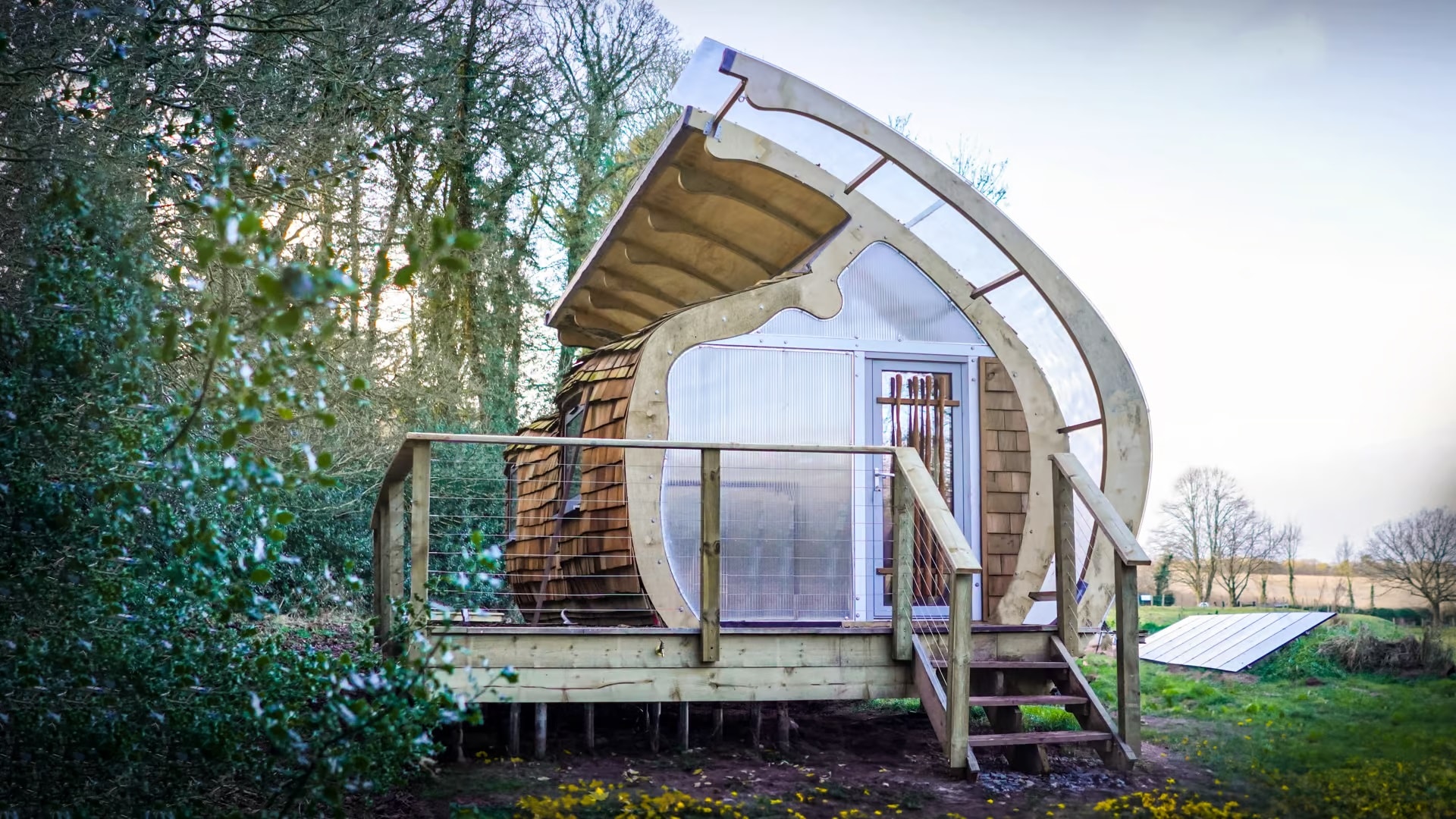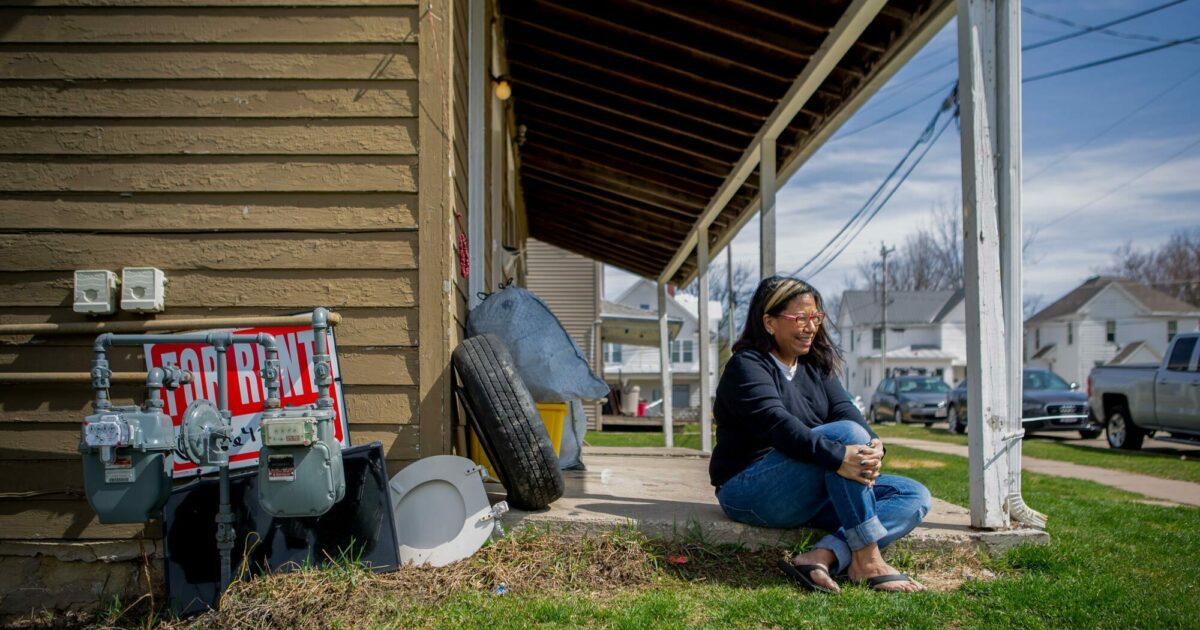My grandson, the other one, asked last week what I was going to do for Earth Day and I laughingly replied that I “wouldn’t walk on any grass that day.” He didn’t see the humor, but when he mentioned he wanted to be a Biophilic Designer, I had to admit I didn’t know what the heck he was talking about.
That’s how it came about that I looked into Biophilic Design to learn how it could be used in offsite construction. Imagine my surprise…
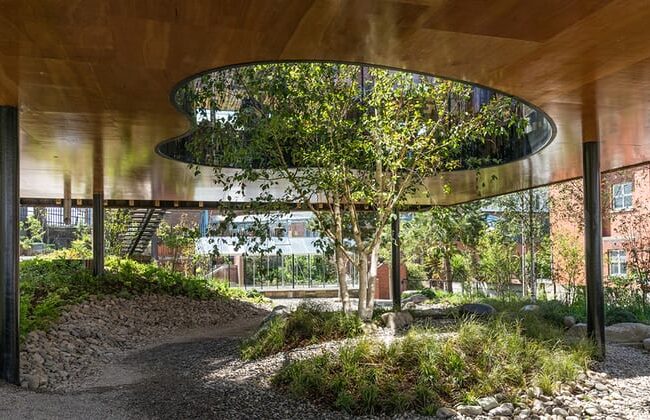
I learned that Biophilic design is an approach to architecture and interior design that seeks to connect people with the natural world by incorporating elements of nature into built environments. It aims to improve human health, productivity, and well-being by creating spaces that support our innate desire to be in nature.
The principles of biophilic design include features such as natural light, ventilation, views of nature, plants, water, and natural materials. By integrating these elements into buildings and spaces, designers can create a more sustainable, healthy, and harmonious environment for people to live and work in.
Biophilic design can be used in many different types of construction, including residential, commercial, and public buildings. For example, a biophilic building might feature a green roof or living walls covered with plants, skylights and windows that provide natural light, indoor water features, and materials like wood and stone that evoke the natural world. In addition, biophilic design can be incorporated into outdoor spaces such as parks, gardens, and greenways, to create spaces that are more restorative and conducive to human well-being.
There are a growing number of construction companies that specialize in or have experience with biophilic design. Some examples of companies that have implemented biophilic design principles in their projects include:
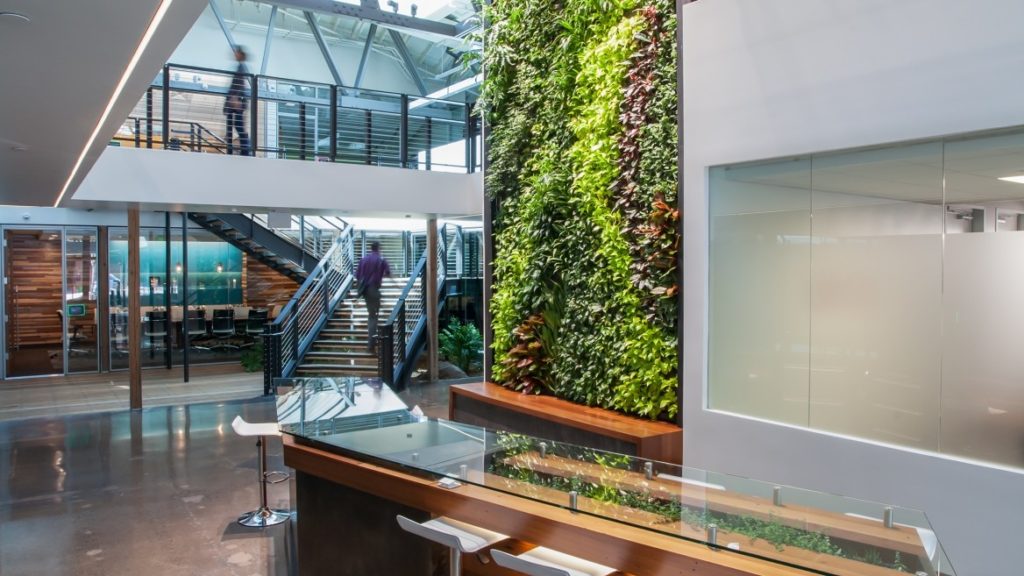
DPR Construction: This company has worked on numerous biophilic design projects, including the Living Building Challenge-certified Arizona State University Biodesign Institute C building.

Skanska: Skanska has worked on several biophilic projects, including the Bank of America Tower in New York City, which features a green roof and other sustainable design elements.
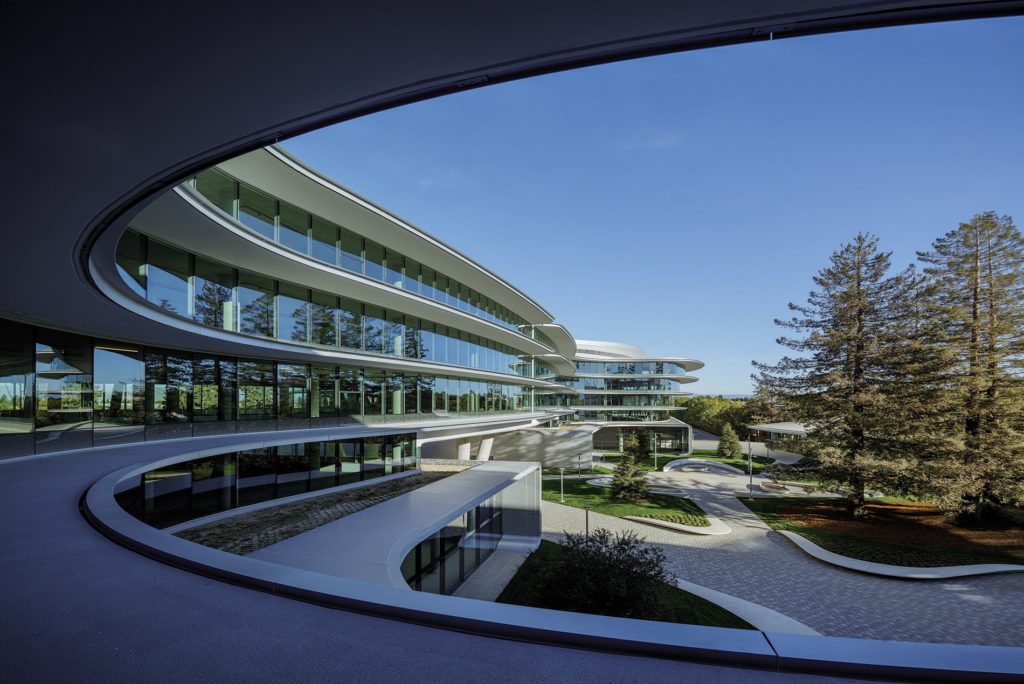
HOK: HOK is an architecture and engineering firm that has implemented biophilic design in many of their projects, such as the National Renewable Energy Laboratory Research Support Facility in Golden, Colorado.
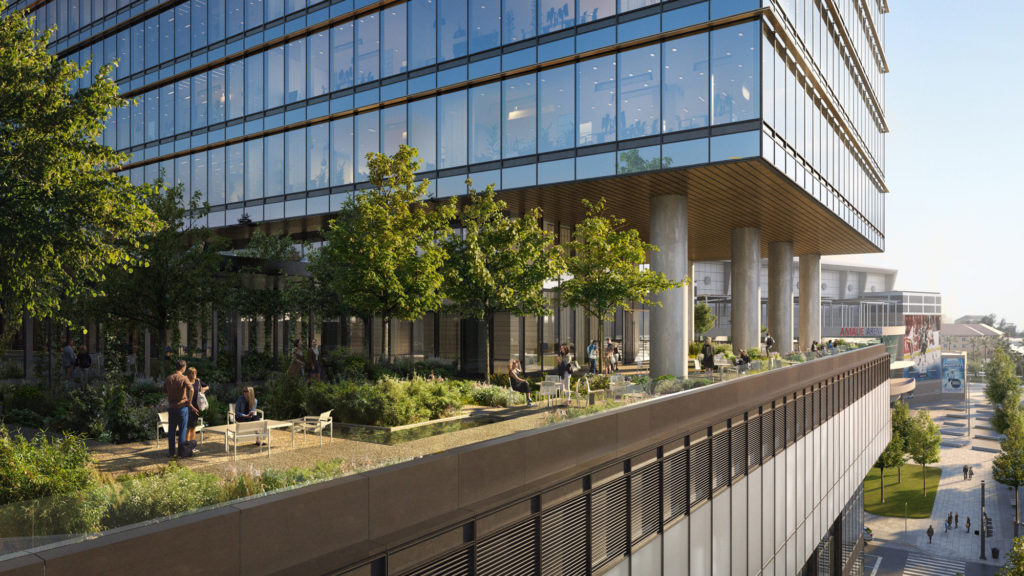
Gensler: Gensler is another architecture and design firm that has experience with biophilic design, including the Seattle offices of Brooks Sports, which incorporate natural materials, light, and vegetation to create a healthier work environment.
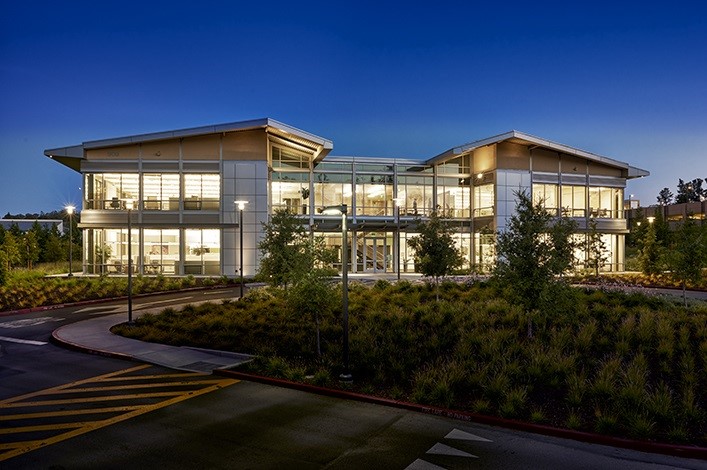
Turner Construction: Turner has worked on biophilic projects such as the Center for Sustainable Landscapes at Phipps Conservatory and Botanical Gardens in Pittsburgh, Pennsylvania, which was the first building to achieve the Living Building Challenge certification.
These are just a few examples of construction companies with experience in biophilic design. As interest in sustainable and health-oriented design continues to grow, more companies are likely to incorporate biophilic principles into their projects.

Gary Fleisher, the Modcoach

